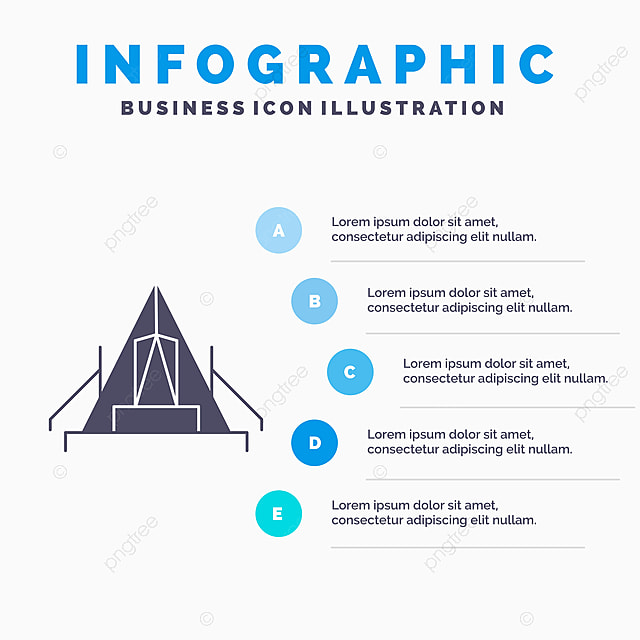Corner angles are essential elements in construction and design projects. They supply stamina, resilience, and convenience. They are likewise easy to set up and can endure numerous environmental factors.
Home builders make use of numerous sorts of angles to create strong, steady frameworks. Some of these angles are for appearances, while others are made use of to enhance ease of access and feature.
Toughness
The stamina of steel angles is essential for ensuring that frameworks are risk-free and can endure hefty lots. These elements can be utilized for a variety of projects, from enhancing light beams and columns to developing frameworks for shelving and fencing. They are also ideal for developing assistance structures in industrial environments.
Bent inside edges are a fundamental part of contemporary engineering and layout, as they assist to distribute anxiety equally across the product. This can make a product stronger and less most likely to fracture or fail, especially in products such as glass, stone, and ceramic tile.
Rounded edges in rotomolded parts likewise help to decrease stress and anxiety concentrations, which can bring about structural weak points and poor quality. For this reason, Gregstrom Firm suggests that designers utilize rounded corners when developing rotomolded parts. These attributes will certainly improve the total high quality of the ended up item and help to make sure that the molded component is strong, sturdy, and durable. This will certainly lower the need for repairs or replacements over time.
Resilience
Curved inside corners are an important element of modern-day design and design, and they can considerably boost the security of frameworks made of stone or glass. They likewise assist to equally disperse tensile and compressive pressures, which reduce the possibility of splitting or damage.
These angles are critical to our daily lives, making it easier for us to move around in our environments. For example, mobility device ramps, stairways, and doorways are made with accurate angles to ensure safety and security and ease of access. In addition, the appropriate angle is utilized in bridges and structures to make sure structural stability.
In geometry, an angle is the point where 2 rays satisfy. It is also known as a vertex. The 4 edges of a square have an interior angle of 90 degrees. Nonetheless, the term is usually made use of to explain any type of edge. For instance, in photo frames, the top and bottom rails call for 45 degree mitre cuts. This is since the board sizes are different.
Adaptability
While the appropriate angle is the most typical sort of angle, other kinds can develop unique, practical, and aesthetically appealing structures. Whether you're making a modern coffee table or an industrial-style home, utilizing various angles will certainly help you accomplish the preferred aesthetic.
You can use aluminum angle to make custom braces for safeguarding and enhancing your tasks. These braces are light-weight and solid, so they can stand up to heavy loads and tensions. They likewise come in a variety of sizes and shapes, making them a functional option for a large range of projects.
Many modern-day structures utilize curved inside edges to raise architectural security and longevity. personalized bag These curved corners disperse stress and anxiety throughout the framework to avoid weak spots and splits. This is a vital factor to consider for contractors and professionals, especially when working with heavy products like rock or tile. Producing a bent edge can also enhance the life-span of the product and decrease upkeep prices. It is essential to select the appropriate angles for your job, and to make sure that they are appropriately set up to prevent any type of potential issues.
Cost
Bent inside corners are a necessary element of modern design and engineering, as they play an essential function in raising framework security and longevity. They also help reduce anxiety circulation and minimize breakage. Additionally, they can boost the aesthetic appeal of a structure.
The word "edge" usually, yet not constantly, refers to a 90 degree angle. In geometry, nevertheless, the term "angle" is in fact a factor where 2 lines or sides satisfy (or converge). These points are called vertex, and they can be straight or curved.
Making use of a bent mitre in an image framework, for instance, requires careful calculation. The mitre angle is based upon the size ratio of the board at each edge. If the boards are of equivalent width, then they will certainly each require a 45 degree mitre. If the boards are bigger, then they will each call for a different angle. This situation prevails in personalized frameworks, where the leading and lower rails are frequently broader than the side rails.
